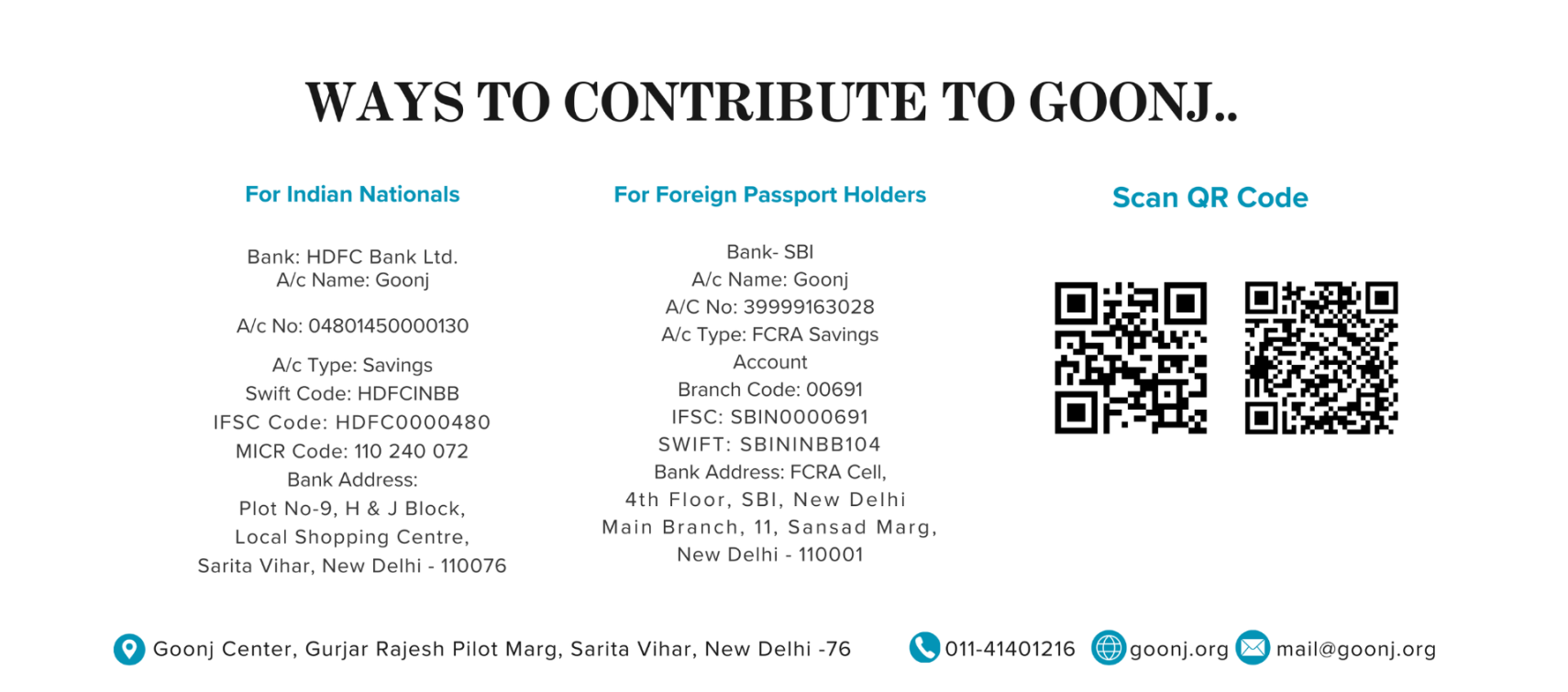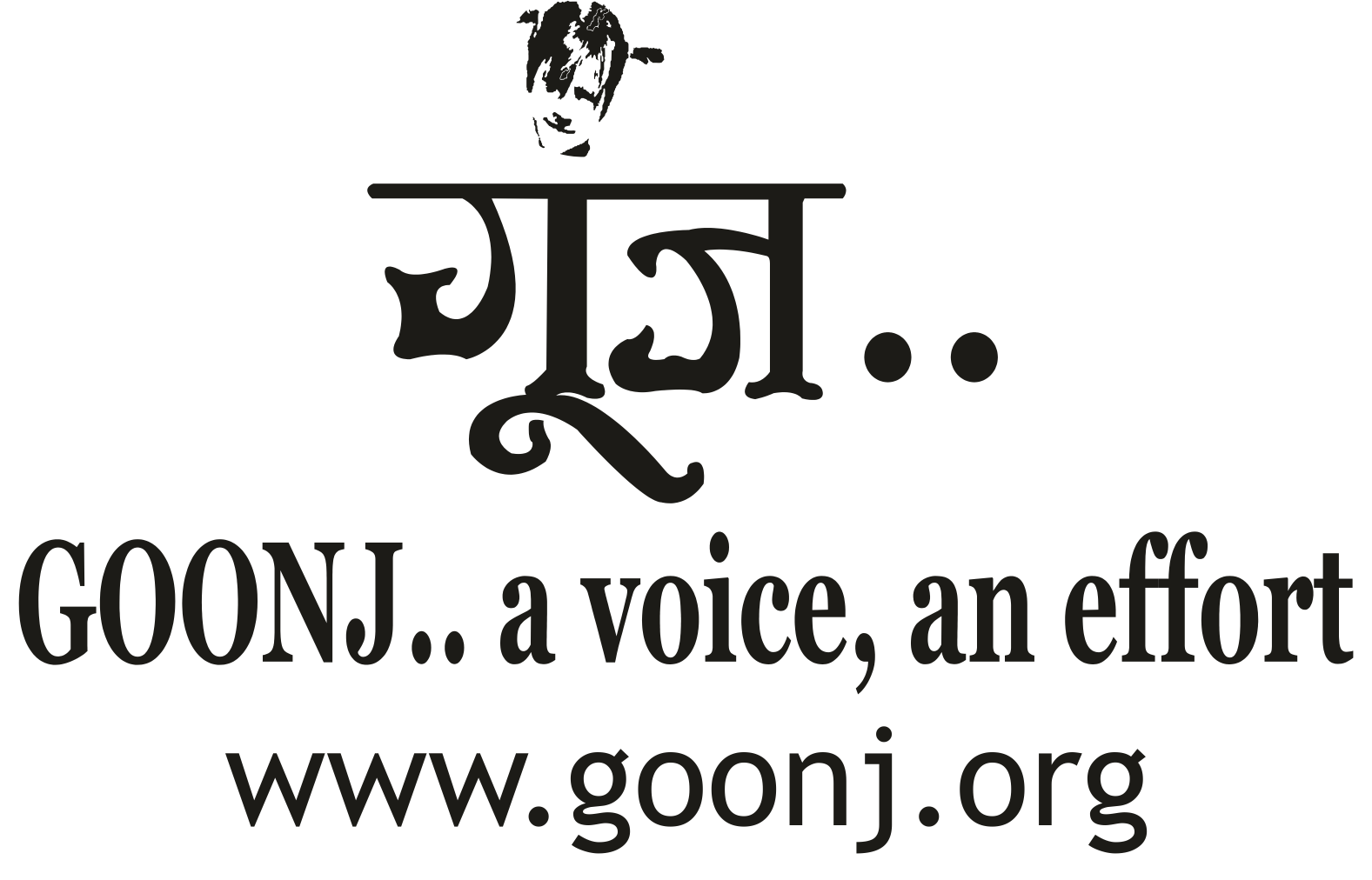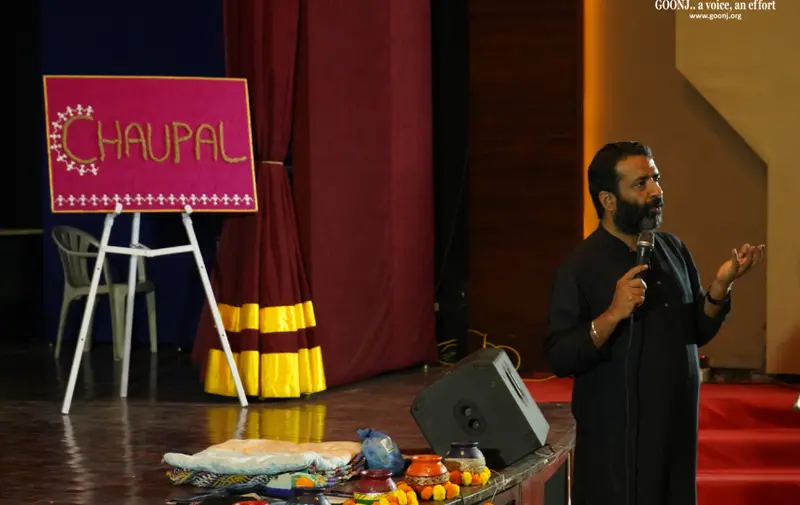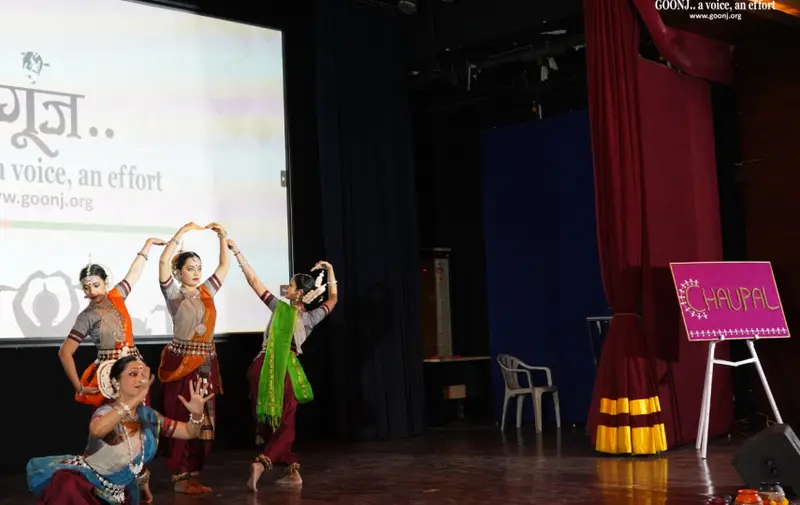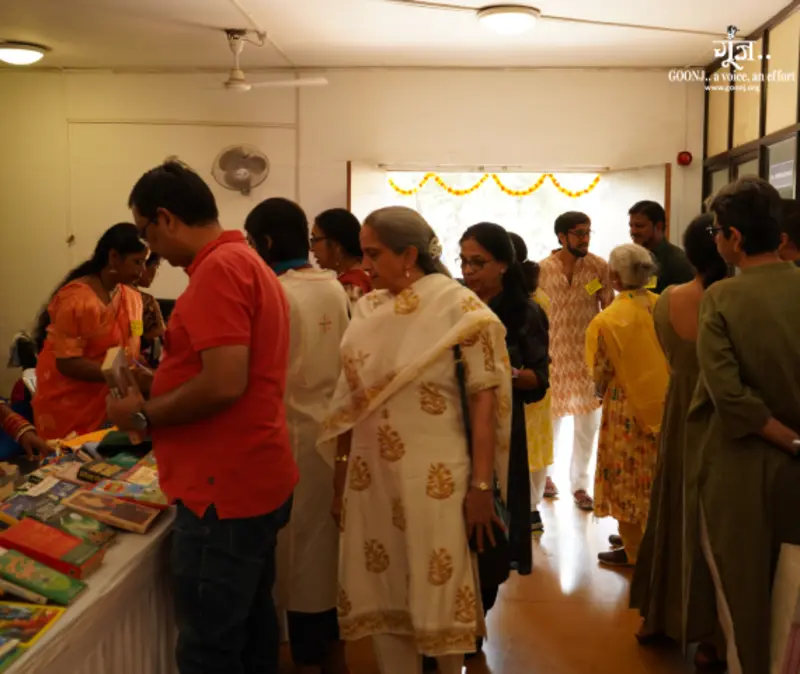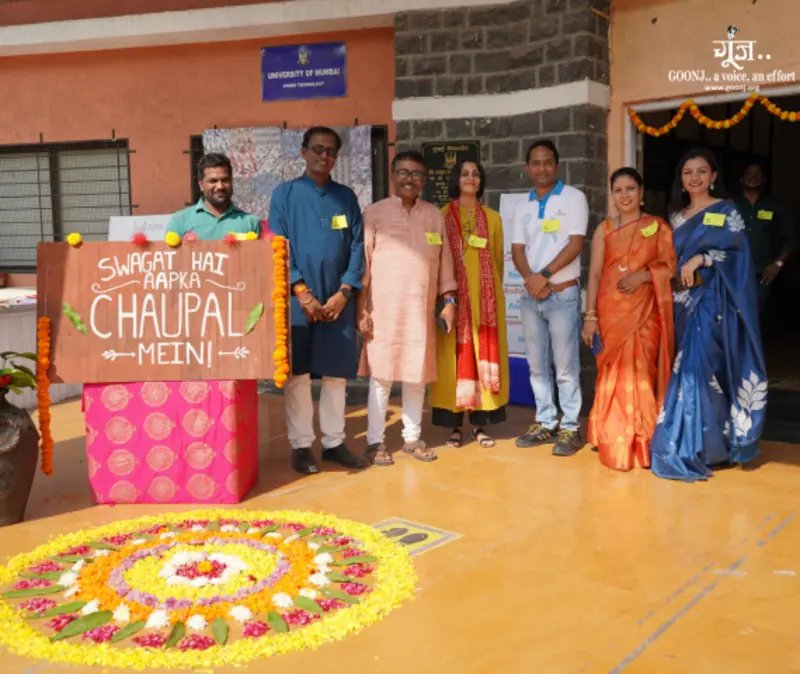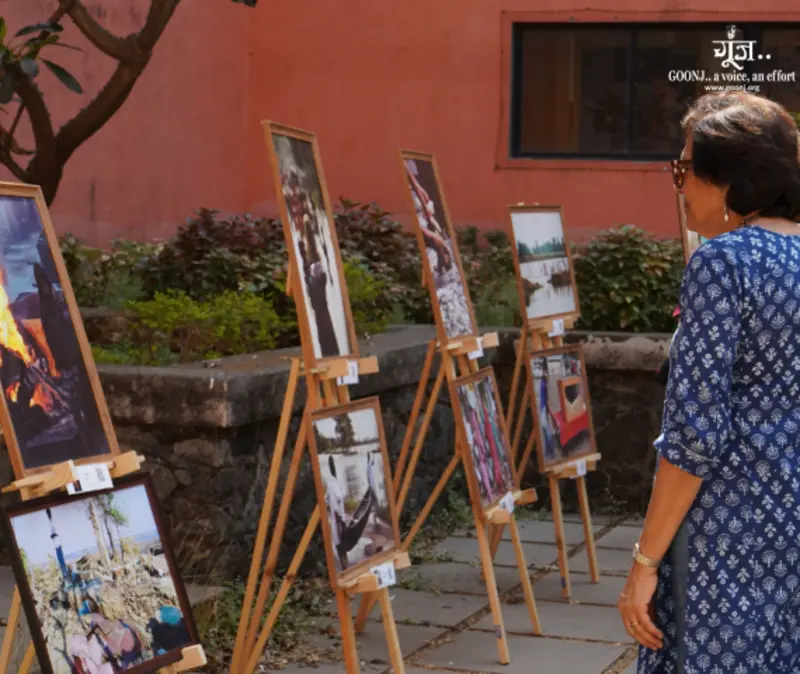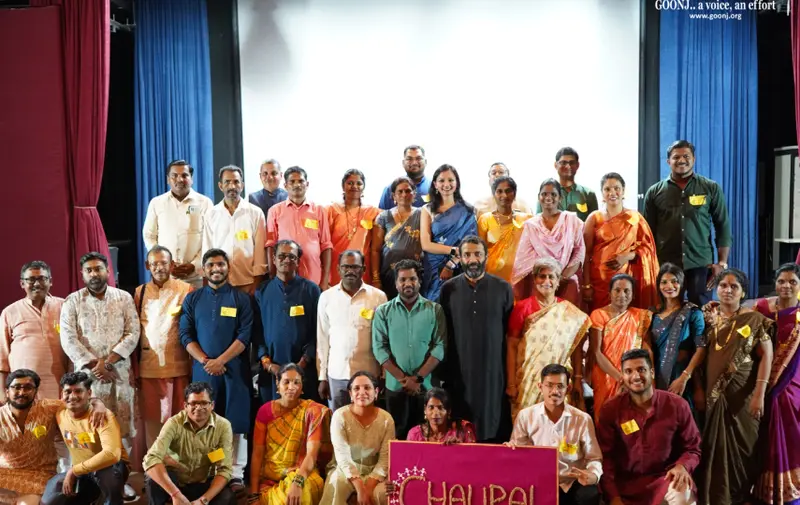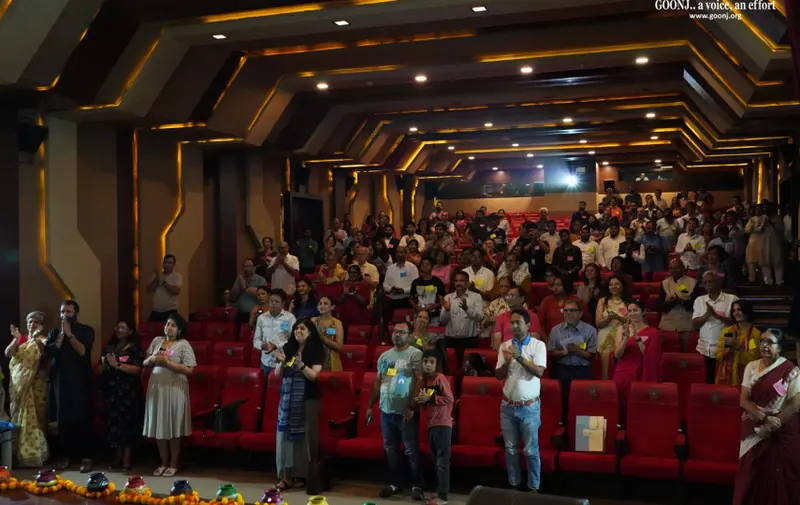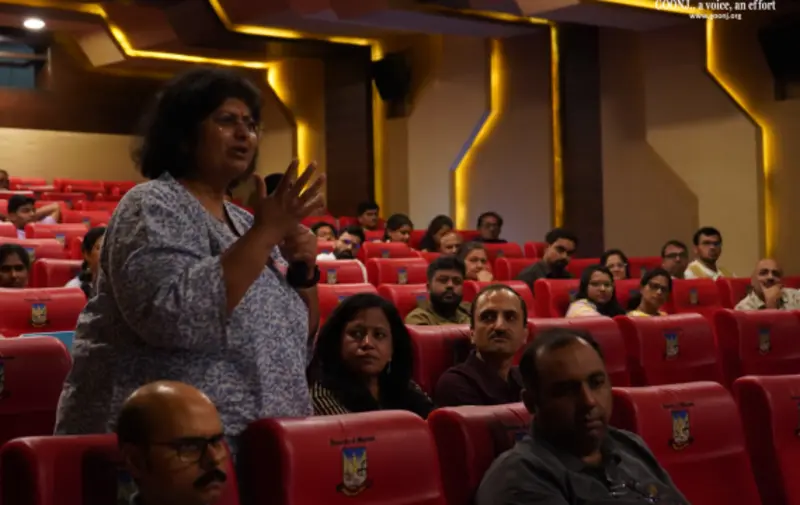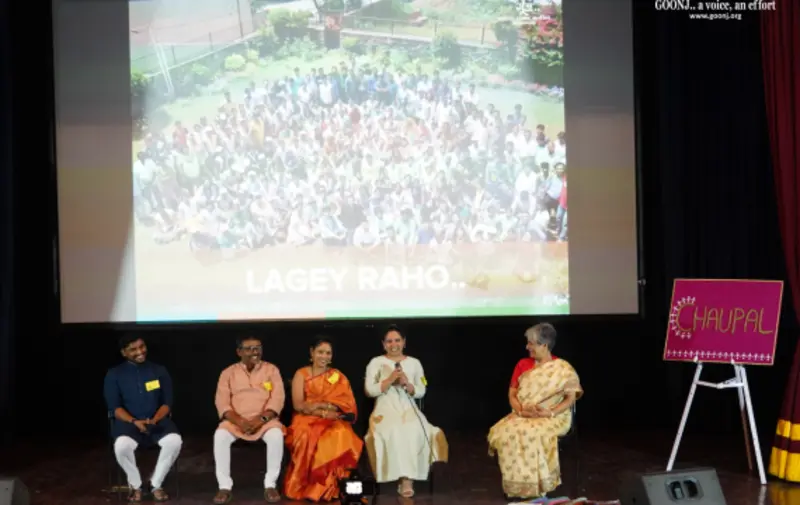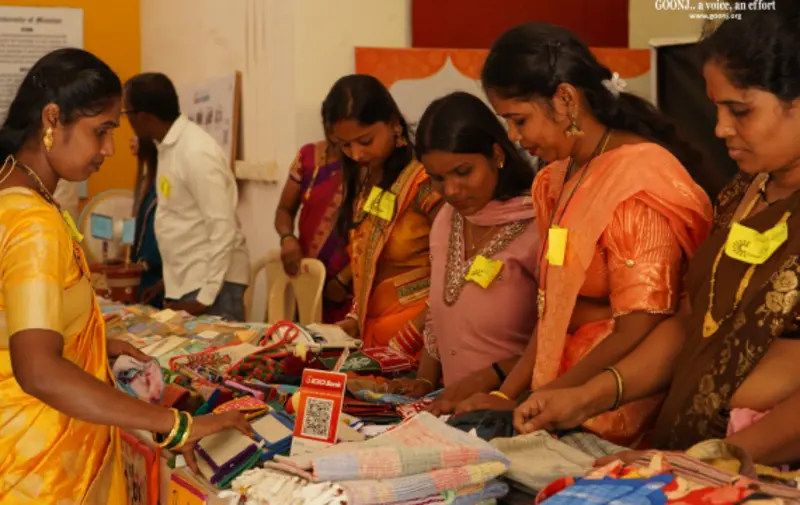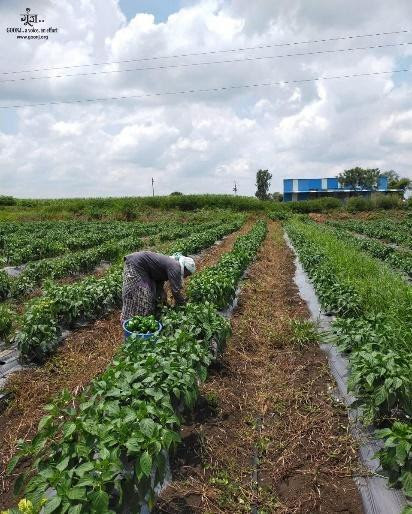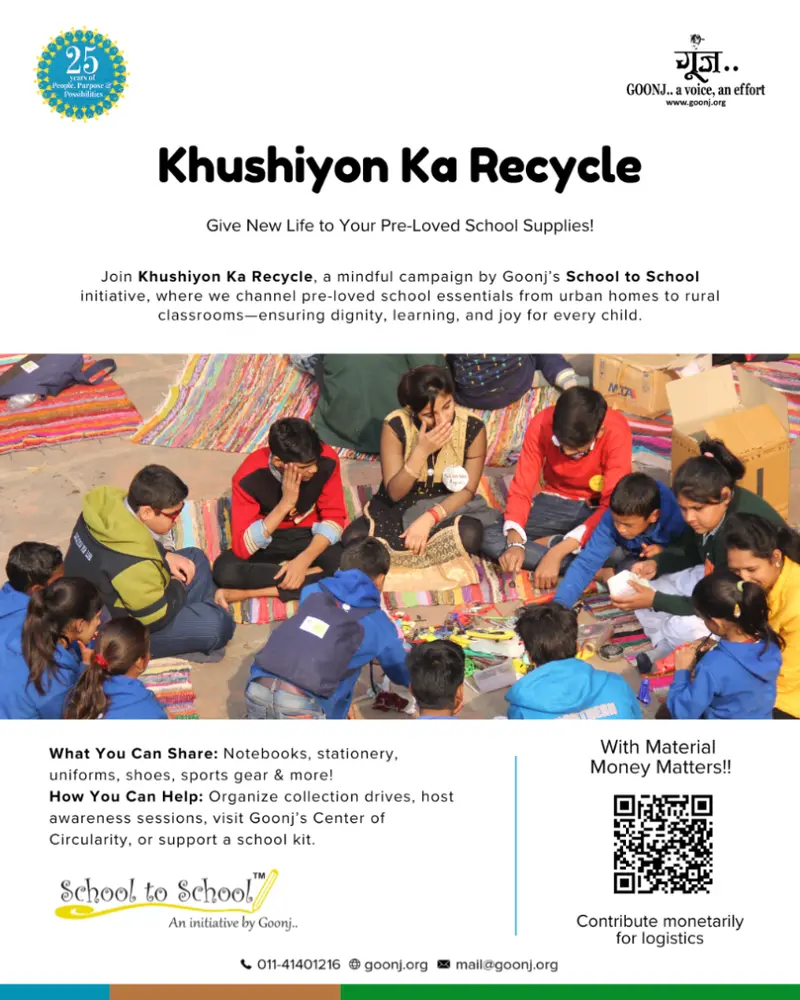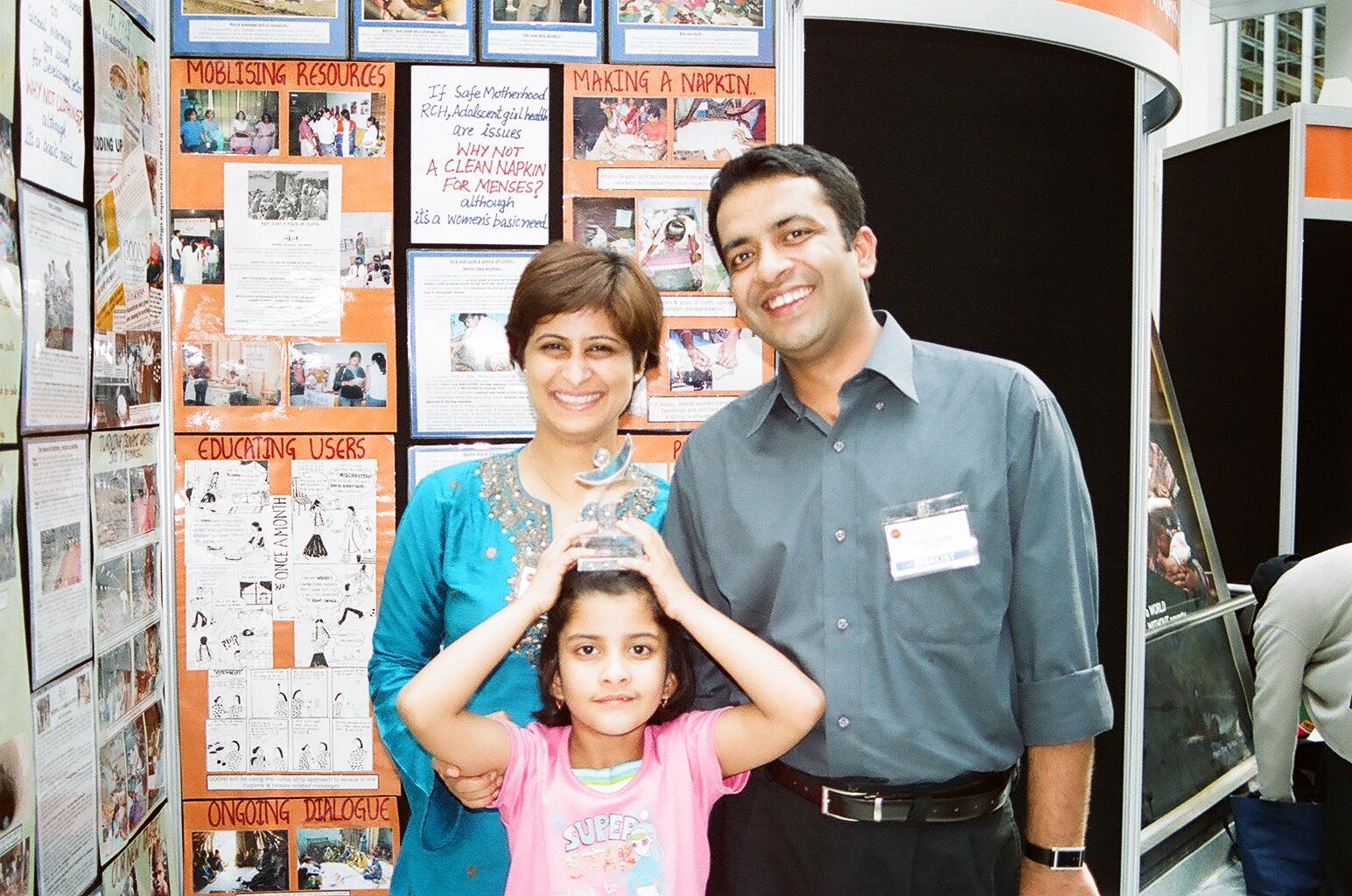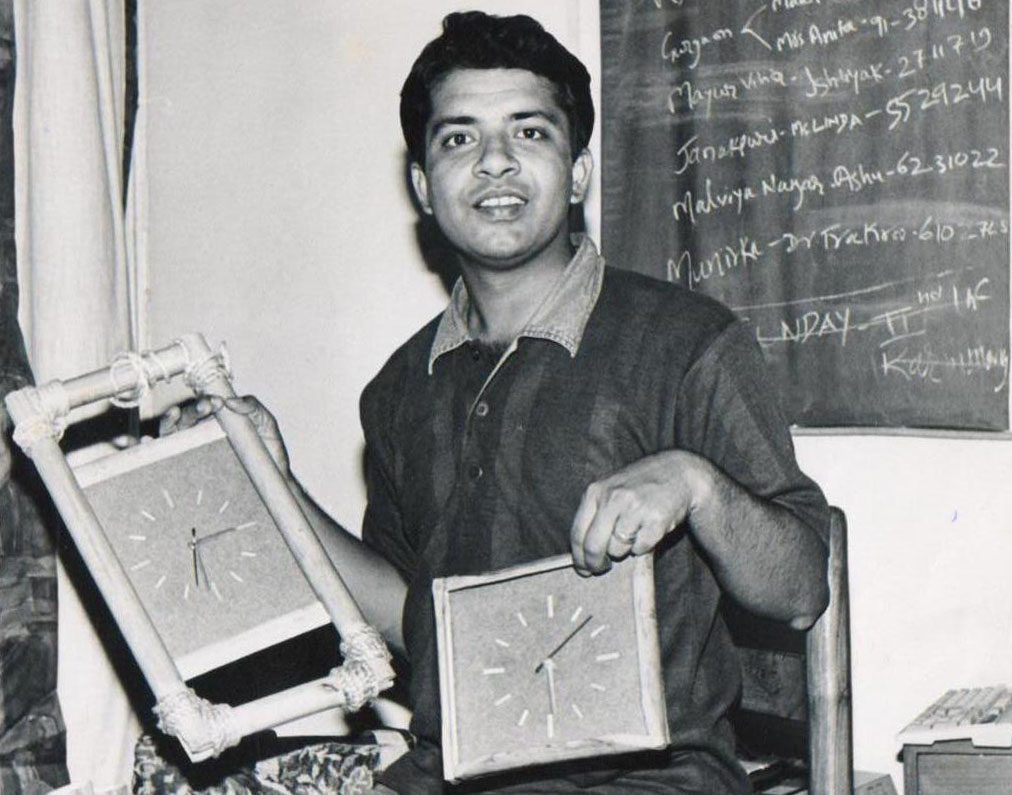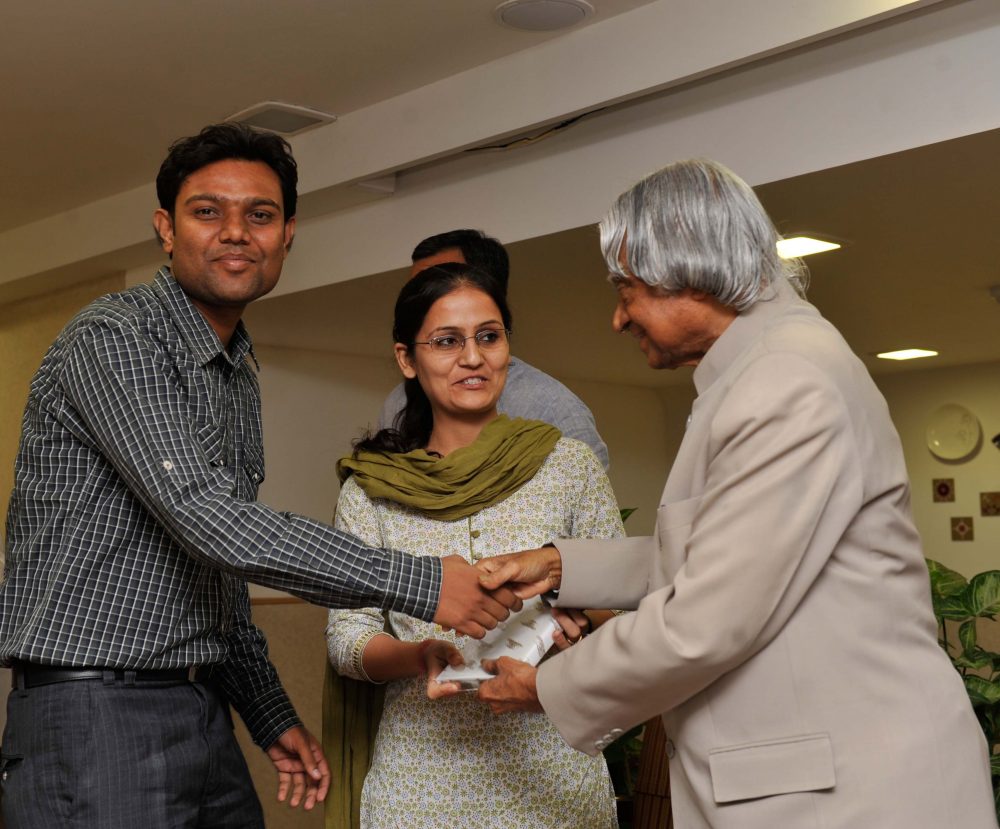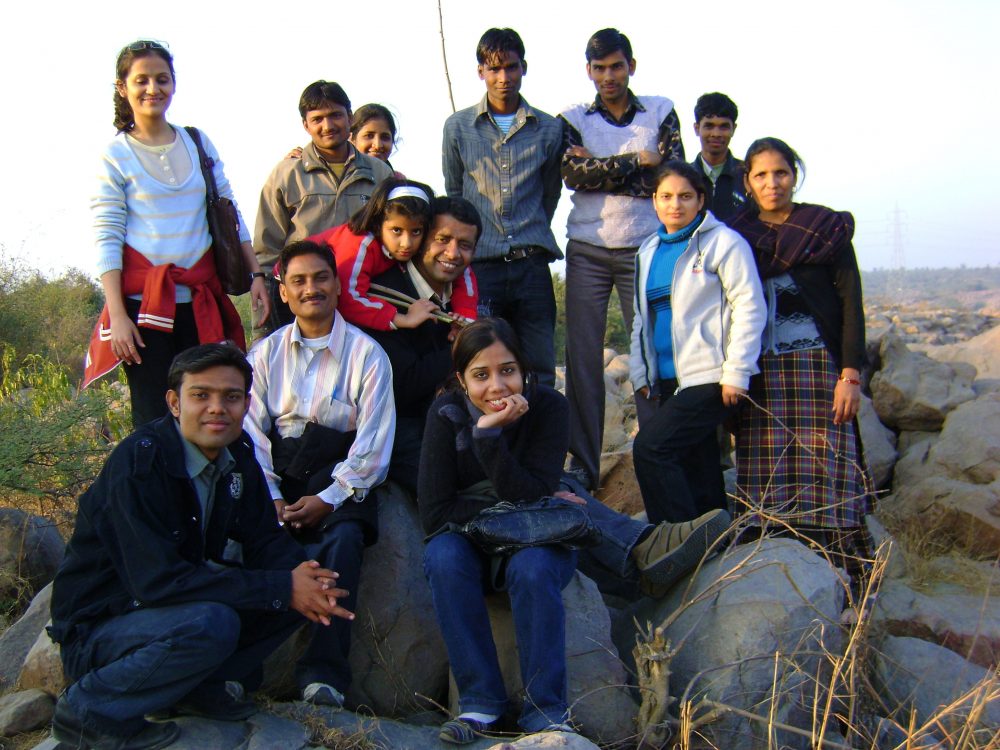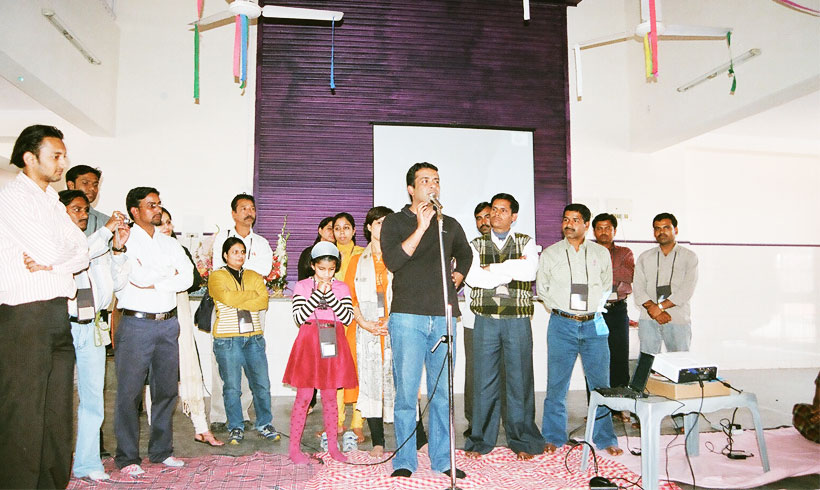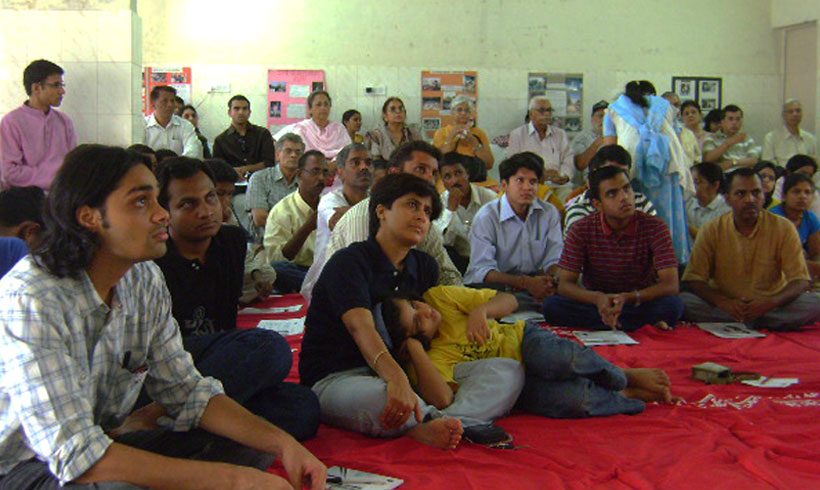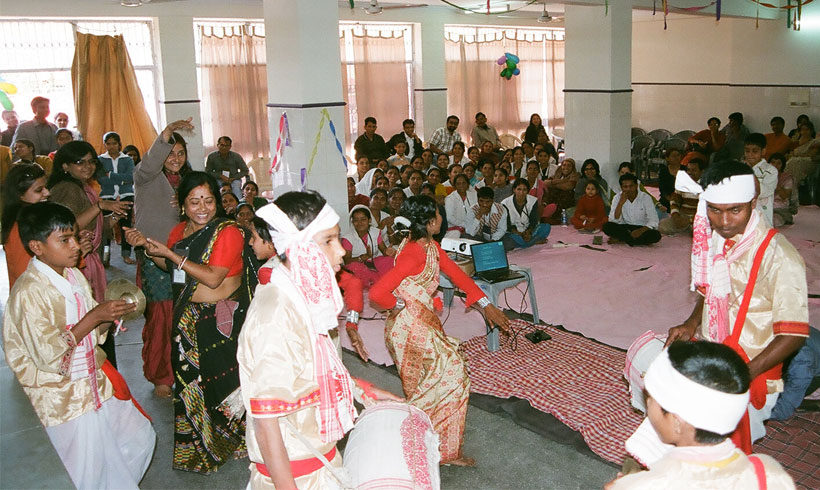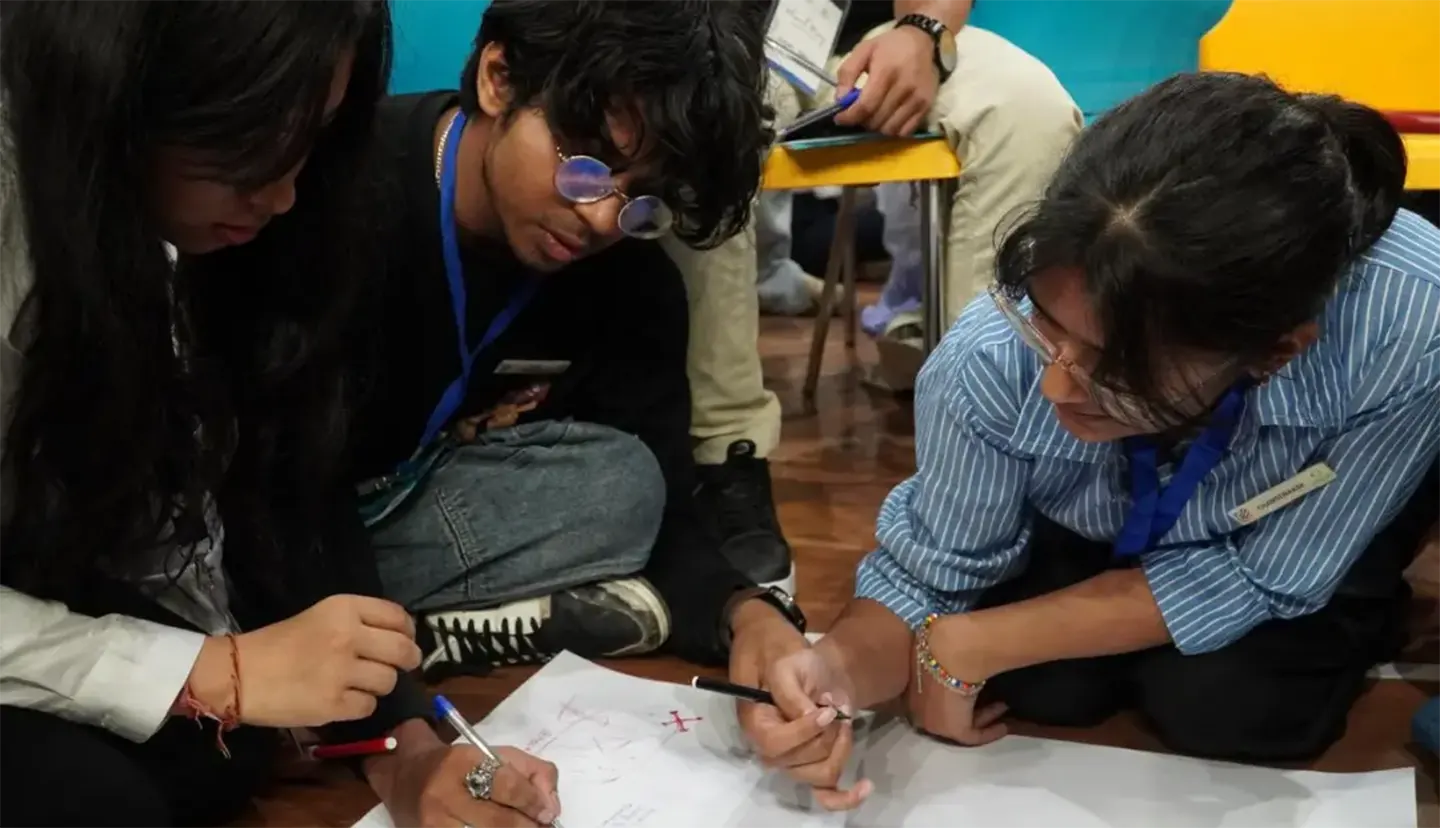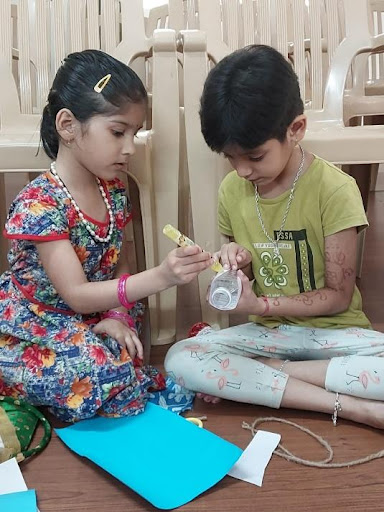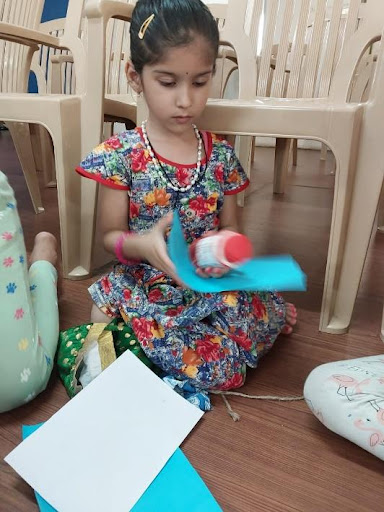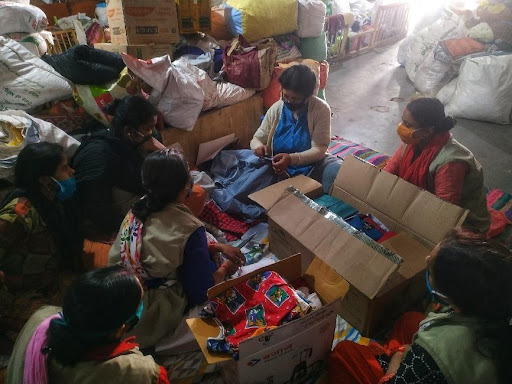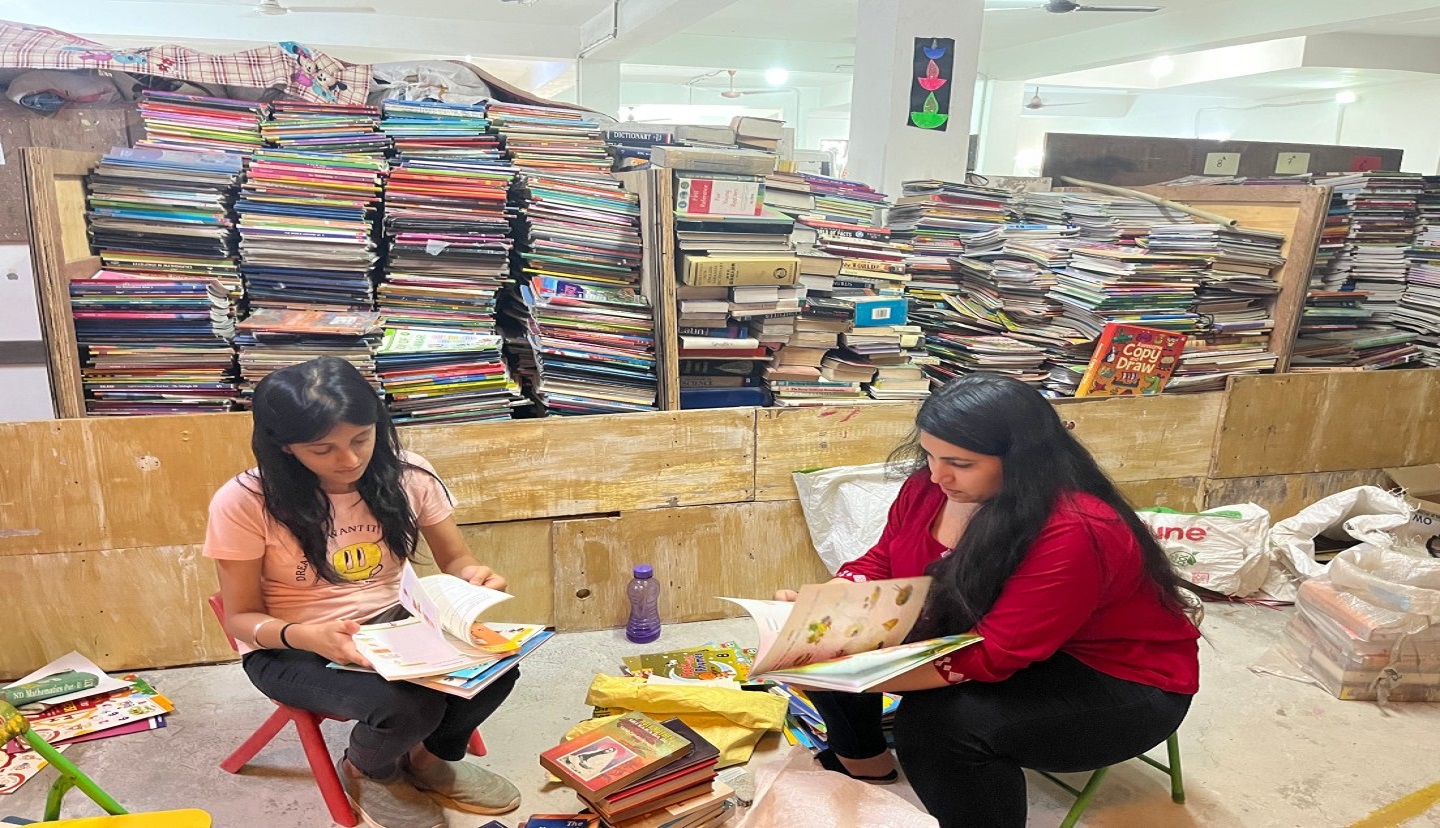
April 2025 Issue #69
Message from the Founder
There is no secret to the fact that I travel a lot. My learning and unlearning—everything I am and everything I will be—comes from the heartland. And that’s all I have to say to you too. If you truly want to know India, if you want to understand the country and its people, I always say—spend time in the villages. Not as a giver or donor. Not as a volunteer. Not even as a helper. Go with nothing. Expect nothing. Just sit. Listen. Absorb. Just go to spend time. Go for yourself. Go to enrich yourself. Go to learn. Go to change your language. You will find it meaningful—not only because we are privileged, but because we will learn to better appreciate what happens there.
But if there was one place that truly shook something inside me, it was our journey of Gram Swabhimaan in Bihar. Women came carrying small pouches of sindoor and bindis—symbols of tradition—to give to Mini. So many women arrived prepared to tie a rakhi. My hands were covered in them. Many gave a pen as a symbol of strength. They didn’t come for help. They came to give. And they danced. On the road—uninhibited, joyful.
Most women, especially in rural Bihar, have never experienced public spaces as their own. But here they were—taking it. Not asking. Claiming. The road was theirs. And we, honestly, didn’t know where to place ourselves. We felt awkward. These are not places where we’ve done long-term work. No distributions. No interventions. No announcements. And yet, they welcomed us as their own. They drew us in with pure, unfiltered love.
That’s the magic—when the bond is not transactional. When it’s just human.
As I walked through the flood-prone regions, I met families who relocate their homes every year, moving to the roadside every monsoon because their land remains flooded for months. And yet, in the months in between, they celebrate life—festivals, rituals, marriages. They have internalized resilience to such an extent that I sometimes wonder—is too much resilience also a curse?
These past few weeks reminded me again: dignity doesn’t come from outside. It isn’t something to be given. It is something we must first recognize in ourselves. Because when we call ourselves helpless, poor, or unskilled, the world doesn’t need to diminish us—we’ve already done it. Dignity begins with refusing to do that.
They have been a reminder that dignity is not something we give. It is something we must recognize—first in ourselves, and then in each other.
— Anshu Gupta, Founder, Goonj and Gram Swabhimaan
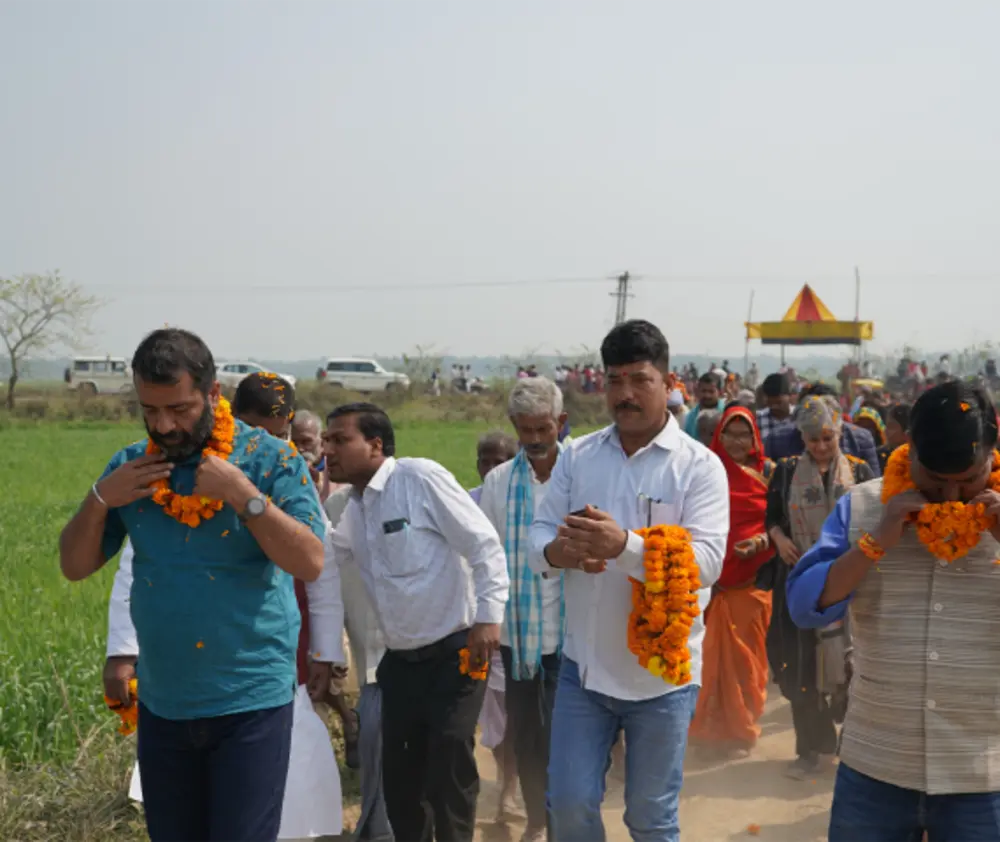

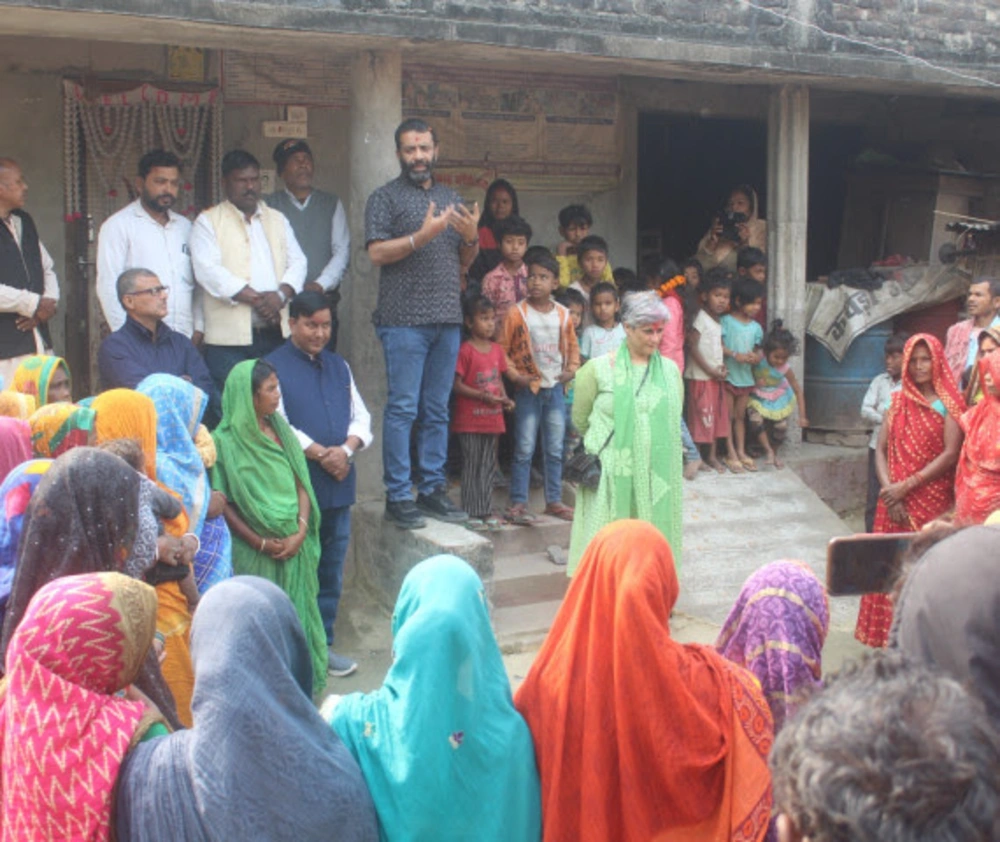
Disaster—a word wrapped in myths and realities, but defined by Impact, Emotion, and Resilience. Today, preparedness isn’t just about surviving; it’s about the will to live with dignity. With over 26 years of experience in disaster response and mitigation, we have been mobilising diverse entities to build climate resilience and take meaningful steps toward climate action. By shifting the narrative and breaking myths with evidence from the ground, we emphasise a community-centered approach, inclusivity and equity, long-term resilience and sustainability, adaptability and innovation, and shared efforts-a dignified way forward to bridge the climate vulnerability gap.
As disasters impact different communities, it is essential to re-examine and rebuild relationships among societal institutions—corporates, schools, academia, media—alongside the most vulnerable populations. This led to the creation of SARRD (Societal Alliance for Resilience and Response to Disasters), formerly known as GARRD (Goonj’s Alliance for Rapid Response and Development). SARRD is a growing alliance of individuals, organizations, and institutions committed to proactive climate emergency responses—grounded in awareness, preparedness, and shared responsibility. It serves as a platform to bring together diverse voices, ensuring a collective effort in resilience-building, dignified responses, and continuous learning.
Traditional disaster responses often rely on outdated, top-down approaches. SARRD shifts this paradigm by embracing human-centered design and fostering community-led resilience. It’s about more than just recovery—it’s about redefining how we respond to and prepare for disasters, centering lived experiences, mindfully utilizing surplus, and recognizing the quiet, consistent efforts of those who prepare, act, and respond together.
The SARRD model ensures swift and efficient disaster response by mobilising pre-committed resources and empowering local communities to actively participate in both immediate support and long-term recovery. Through cross-sector collaboration, SARRD builds resilience and strengthens the collective commitment to dignified and adaptive disaster response.
Disasters have repeatedly tested the resilience of communities in Uttarakhand and Assam, reshaping lives and livelihoods in their wake. From floods and landslides in Uttarakhand to devastating annual floods in Assam, these crises have forced communities to adapt, rebuild, and find strength in collective action.
“We were always afraid to send our children to school, fearing they might fall into the valley.”
Monika Devi’s words reflect the deep anxiety that gripped Maykot’s families every day. A damaged road, precariously close to a steep valley, posed a constant threat—especially to schoolchildren, pregnant women, and the elderly. But instead of waiting for external aid, over 100 villagers came together to rebuild it—restoring not just the path, but their sense of security and unity.
Read on to see how collective action turned adversity into opportunity-
Rebuilding Pathways: Community-Led Road Repair in Maykot, Uttarakhand
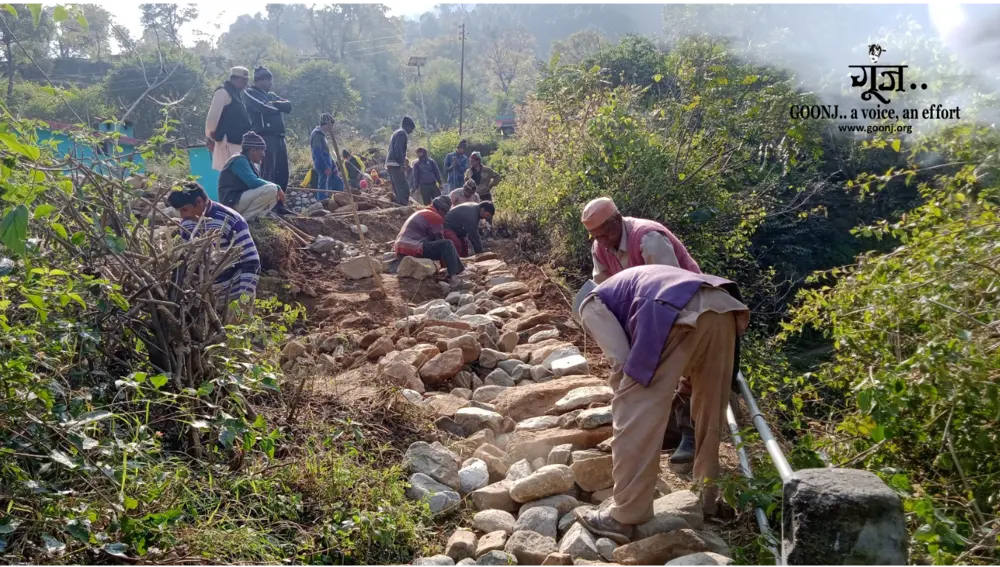
For years, a bamboo bridge was the only reliable route for the people of Cha-Bari Gaon, Assam—connecting them to schools, markets, and medical care. But when it was destroyed, daily life became a struggle, especially during the monsoons. The situation turned even more worrying when a young girl suffered a spinal injury while trying to cross, an injury that continues to affect her today.Determined to find a solution, the community came together to rebuild what they had lost.
Read on to see how their collective effort restored not just a bridge, but their future-
Dhemaji, Assam: Community Restores Lifeline Bridge for Rural Connectivity
Event Highlights & What’s Ahead
Chaupal Kolkata Recap – Key discussions and takeaways
Kolkata Chaupal 2025 reinforced that development thrives on collaboration, dignity, and community-driven action. The space was filled with conversations on real- world insights, deeply rooted in dignity, equity, and grassroots wisdom- reflecting Goon’s core philosophy. Goonj team members shared powerful journeys—Arpita called Goonj her “home of inclusivity,” Zahir spoke of learning from communities, Kamala experienced the journey of becoming a changemaker, and Romen found purpose in disaster response. The exhibition on Disasters: Myths and Realities, highlighted resilience, innovation and collective action especially in this region where people are seasonally affected by floods- bringing to life Goonj’s work in disaster response and preparedness.

Our next stop is Dehradun
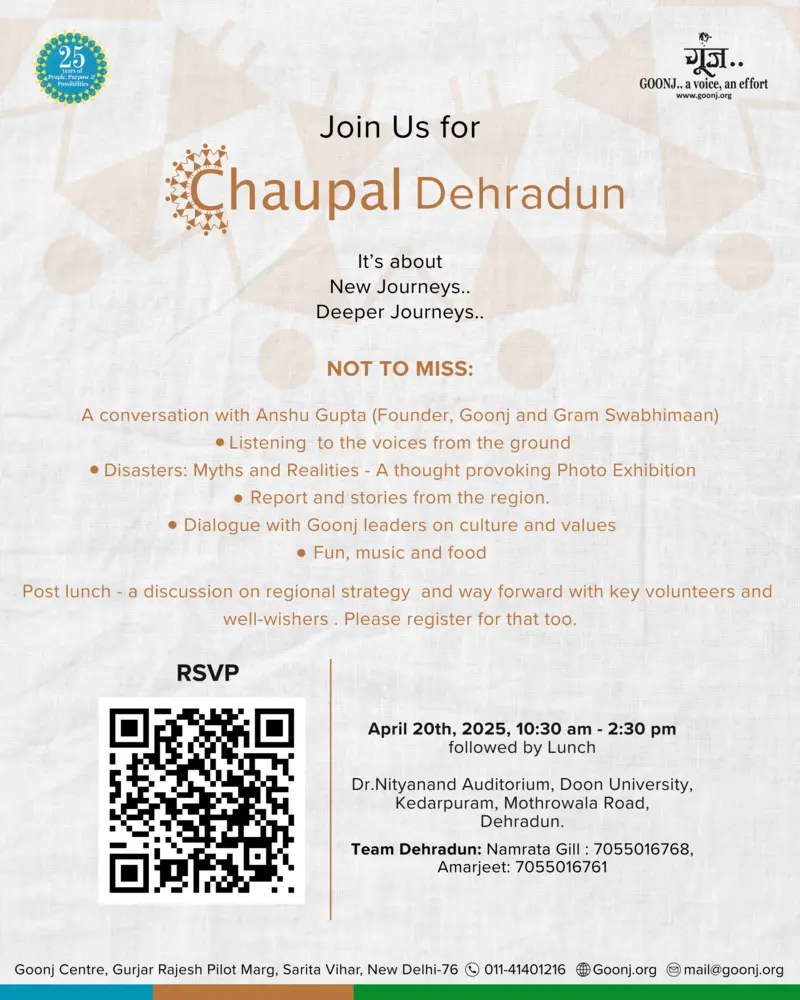
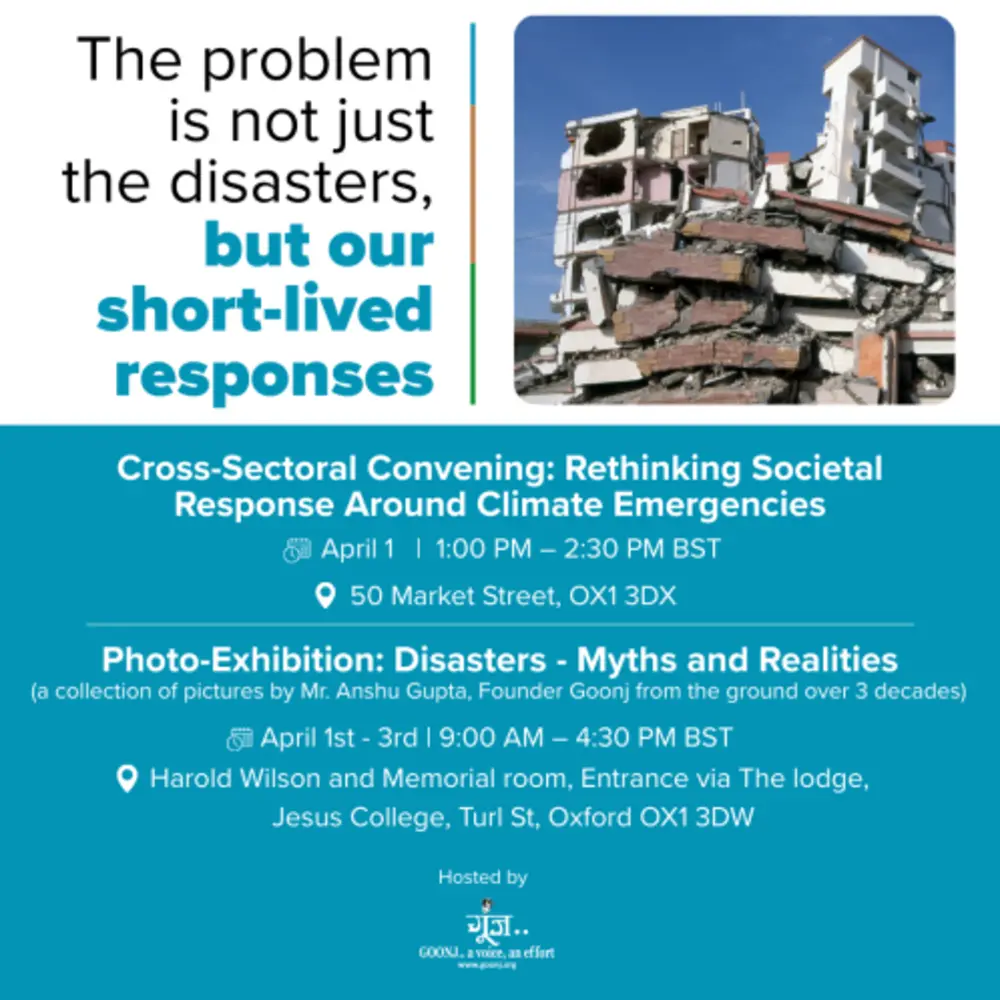
Goonj at Skoll World Forum 2025
Goonj is participating in the Skoll World Forum (April 1–4, Oxford, UK), a leading global convening on social impact. On the sidelines, we are hosting conversations to reimagine disaster response—one rooted in dignity, community leadership, and resilience. Drawing from 26 years of frontline work, we will convene cross-sectoral leaders to explore scaling a model structured into alliances—transforming disaster response into a catalyst for long-term social change.
Additionally, from April 1–3, we are curating a special exhibition, “Disasters: Myths and Realities.” Featuring images and stories captured by Anshu Gupta over the years, it challenges conventional disaster narratives and highlights the strength, agency, and self-driven efforts of affected communities. Rather than passive victims, they are active rebuilders—reshaping their own futures.
